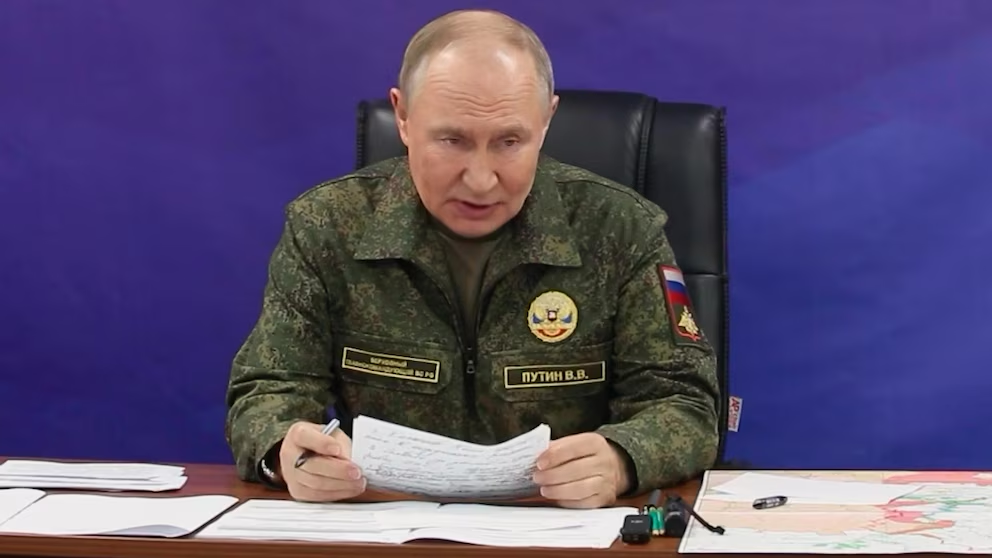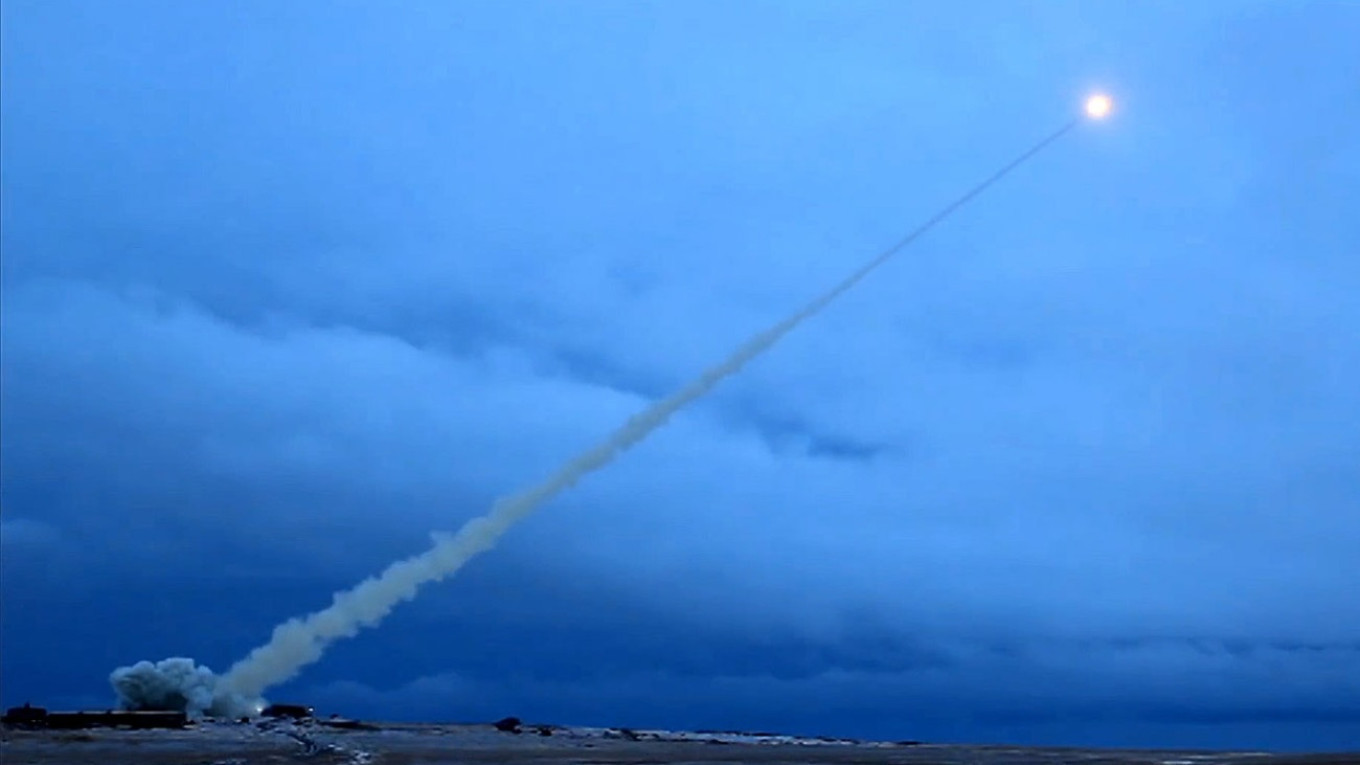Already a subscriber? Make sure to log into your account before viewing this content. You can access your account by hitting the “login” button on the top right corner. Still unable to see the content after signing in? Make sure your card on file is up-to-date.
Top Russian officials have announced the successful test of a new nuclear-powered cruise missile that can travel thousands of miles and allegedly evade all existing missile defense systems.
Getting into it: The announcement, made by Chief of the General Staff Valery Gerasimov during a televised briefing with President Vladimir Putin, revealed that the 9M730 Burevestnik (also known by its NATO codename “Skyfall”) had completed a key test flight on October 21. According to Gerasimov, the missile flew for 15 hours and covered a distance of 8,700 miles, though he noted that this range was “not the limit.” Gerasimov added that “the missile successfully performed all designated vertical and horizontal maneuvers, demonstrating its strong ability to evade anti-missile and air defense systems.”

The Burevestnik is designed to carry a nuclear warhead and is powered by a miniaturized nuclear reactor, enabling it to fly at low altitudes for extended durations, avoiding radar and conventional tracking systems. President Putin, who appeared in military fatigues during the announcement, described the missile as a “unique product that no one else in the world has.” He noted that when the concept was first presented to Russian experts, “they told me this kind of system was impossible to build.” Now, after what he called a “crucial testing” phase, Putin said Russia is ready to move toward deployment.
Despite this, Putin acknowledged that “much work remains” before the Burevestnik can be placed on combat readiness. “We need to more thoroughly define what class of weapon this system belongs to, determine possible methods of use, and begin preparing the infrastructure for its deployment within our armed forces,” he said.
Another view: While the missile is being framed by Russian leadership as a breakthrough, Western intelligence agencies have long questioned the missile’s viability due to previous failed tests, including a 2019 explosion that killed five nuclear engineers and briefly spiked radiation levels in the region.
This all comes as talks between the US and Russia regarding a potential ceasefire in Ukraine have broken down, and the US imposed new sanctions on two major Russian oil firms, marking one of its strongest economic actions to date.







